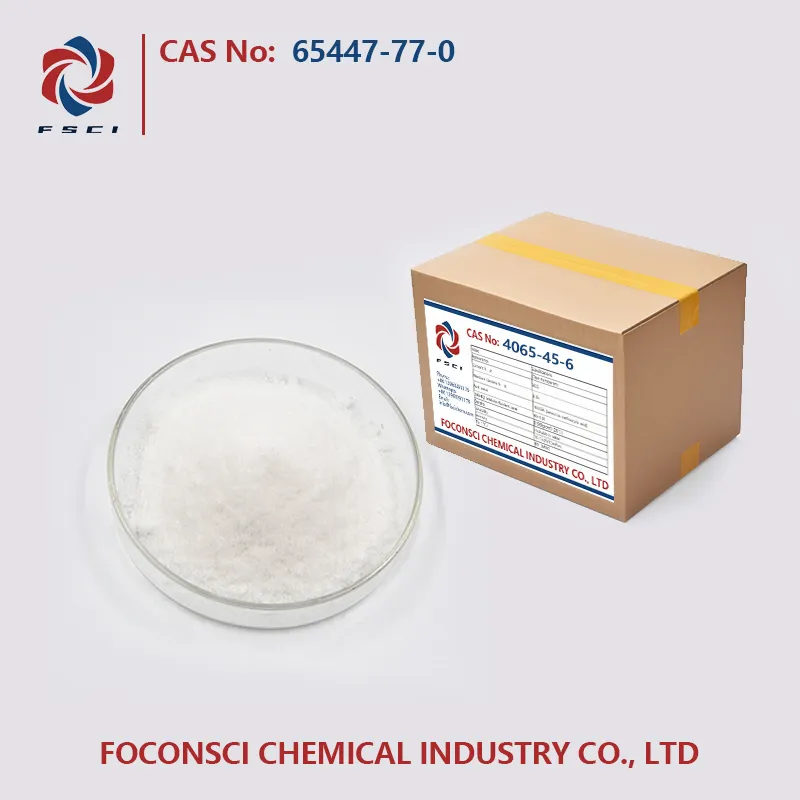In the ever-expanding domain of material science, there seems to be no outer limit as to the search of the next better or more durable material. In the two classes of additives that significantly enhance the performance of materials or their properties, light stabilizers and plasticizers, are among the most important components. All the same, although these two are performed separately, their use in combination yields better materials which are strong and flexible at the same time. The aim of this article is to examine how Foconsci Chemical Industry Co., Ltd. light stabilizers and plasticizers perform, what particular advantages can be attributed to each, and why their combination is highly useful in modern materials industry.
Understanding Light Stabilizers
Light stabilizers are those compounds that are, in particular, most commonly substances responsible for the protection of polymers, plastics or other materials against UV degradation, a common cause of degradation of a material, especially in polymers and plastics. Besides this ‘aging’ process, the application of foresight measures as photo-activation can lead to photo-degradation in affected materials such as discoloration, loss of mechanical strength and brittleness. A light stabilizer either filters out the UV radiation or promotes the stabilization of the free radicals formed by the exposure to UV radiation.
Hindered amine light stabilizers and UV absorbers are the two common types of light stabilizers. Wavelength-absorbing compounds such as benzotriazoles and benzophenones fall under this, absorbing UV radiation and changing it to energy that is less harmful. Hindered amine light stabilizers, on the other hand, function by mopping up the free radicals that are formed as a result of degradation by light, preventing further deterioration of the material.
The Role of Plasticizers
Plasticizers also belong to another class of additives and are mostly added to improve the flexibility, workability, and pliability of materials and specially the plastics. So, they work by inserting themselves in between the polymer chains causing the reduction of the intermolecular forces and increasing the distance between the chains where by the material will be less hard and less brittle.
Plasticizers on the other hand include phthalates which are mostly in use although some others like adipates, citrates, and bio-based plasticizers are becoming popular, which are environmentally and health friendly. It is worth mentioning that the presence of plasticizers improves the performance features of the materials to a large extent whereby the soft and flexible products are made suitable for durable uses such as in cables, films, and other consumer goods.
Synergistic Benefits
Light stabilizers and plasticizers possess individual properties but when used together, their synergistic interactions will further extend the service life and usability of materials. This calls for the inclusion of light stabilizers to balance this risk.
For biodegradable thermoplastic elastomer formulations, the use of such combinations of additives makes it possible to protect the composites from degradation due to the sun’s ultraviolet rays or any other destructive factor for longer times.
Applications in Industry
Usage of light stabilizers and plasticizers is cut across several industries including automotive, construction, so pack and consumer product. These additives are tremendously important for internal elements since they allow additional protection from fading, cracking or general wear and tear. In construction, they are applied in siding, window framing and roofing membrane materials to provide sun protection.
Also, such additions are beneficial for various types of packaging as well as for food and drink packaging materials. These serve to fill out any gaps and preserves their transparency without affecting the contents quality. Furthermore, mass-products which range from floors to children’s toys use this for better durability performance, even in case of intensive exploitation.
Challenges and Innovations
On the other hand, their benefits come with some limitations as the use of light stabilizers and plasticizers. This shift has centered on the recognition of potential hazards, especially with the use of certain plasticizers such as phthalates. This includes low toxicity, biodegradable plasticizers and new generation light stabilizers with better performance without harming the environment.
They are also looking to use these with or without these additives and nanotechnology to create a material which is stronger more resilient and more efficient. Such improvements give hope in broadening the use of durable materials in the view of increasing needs of sustainability and high performance.
Conclusion
It is worth mentioning that the synergistic use of light stabilizers with plasticizers is one of the effective approaches in the pursuit of durable materials. These additives help to provide resistance to UV radiation as well as improve the structural resilience of the material, thus helping the material endure usage and adverse environmental conditions. As studies and technology improve the safety and effectiveness of additives, there are increasing bounds in the creation of more advanced materials. The perfect synergy of Foconsci Chemical Industry Co., Ltd. light stabilizers and plasticizers is beyond doubt the way forward in the materials of the future.


 EN
EN
 AR
AR
 BG
BG
 HR
HR
 CS
CS
 DA
DA
 NL
NL
 FI
FI
 FR
FR
 DE
DE
 EL
EL
 HI
HI
 IT
IT
 JA
JA
 KO
KO
 NO
NO
 PL
PL
 PT
PT
 RO
RO
 RU
RU
 ES
ES
 SV
SV
 TL
TL
 IW
IW
 ID
ID
 LV
LV
 LT
LT
 SR
SR
 SK
SK
 VI
VI
 HU
HU
 TH
TH
 TR
TR
 GA
GA
 CY
CY
 KA
KA
 LA
LA
 MN
MN
 KK
KK
 LB
LB


